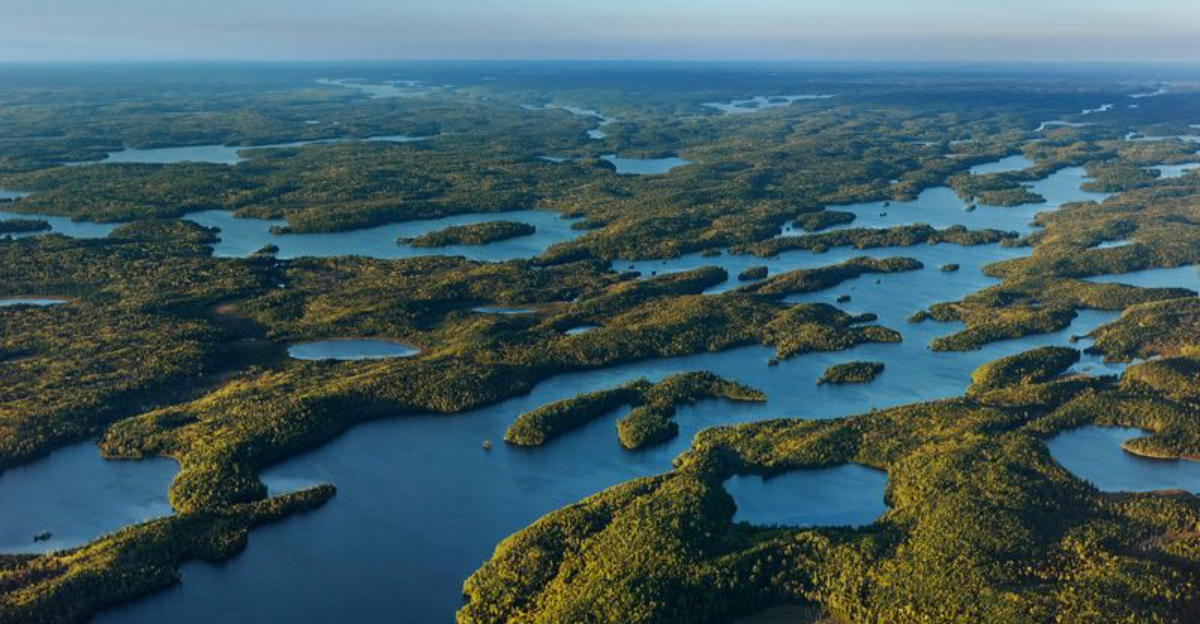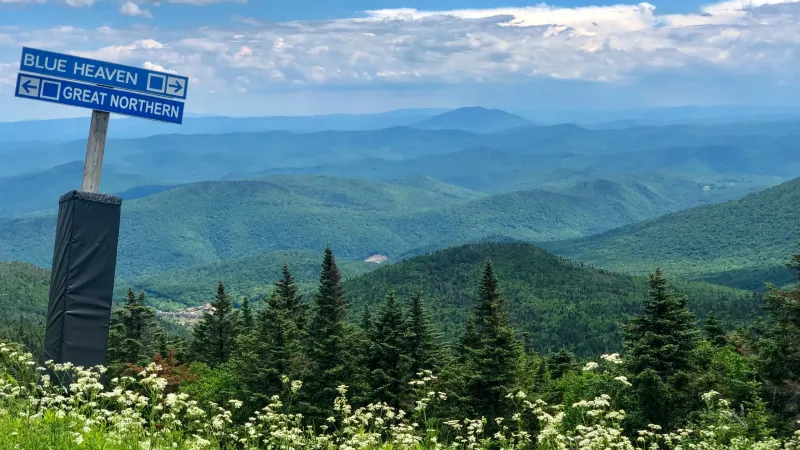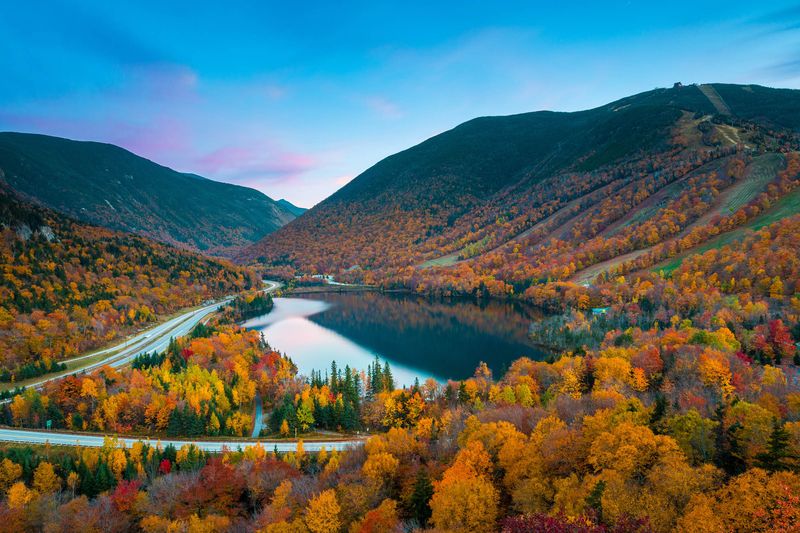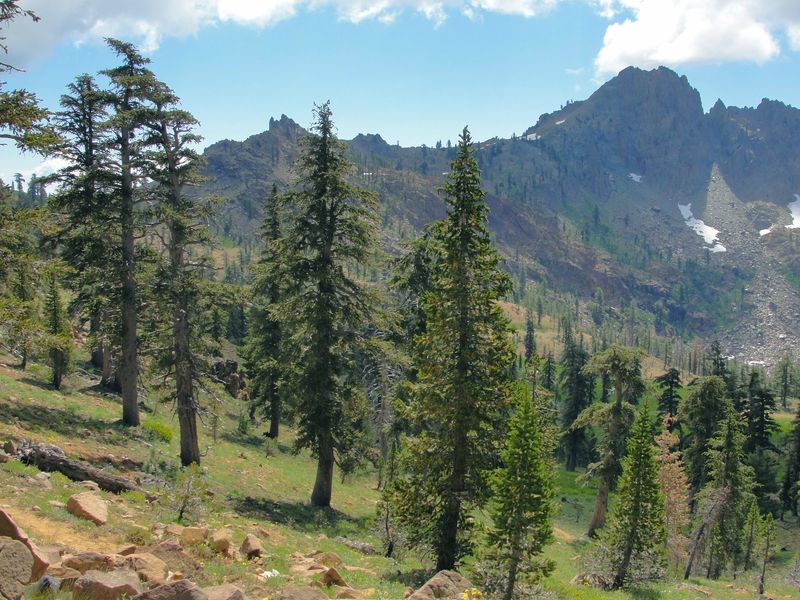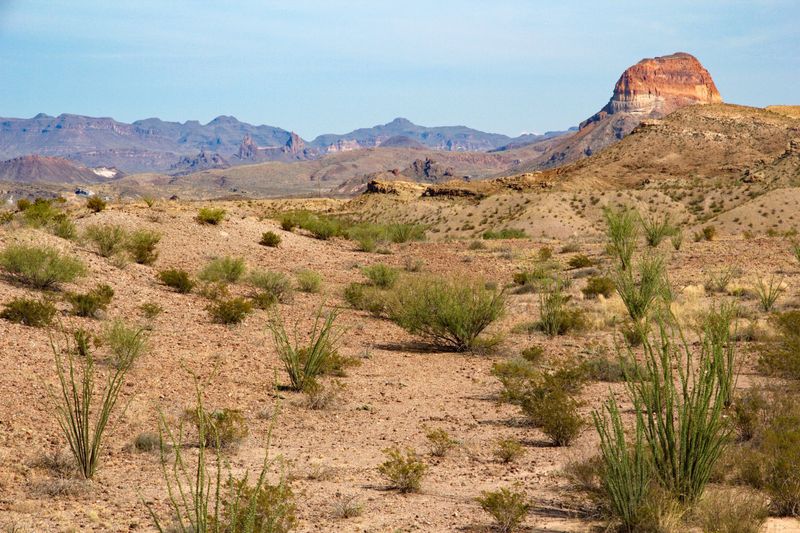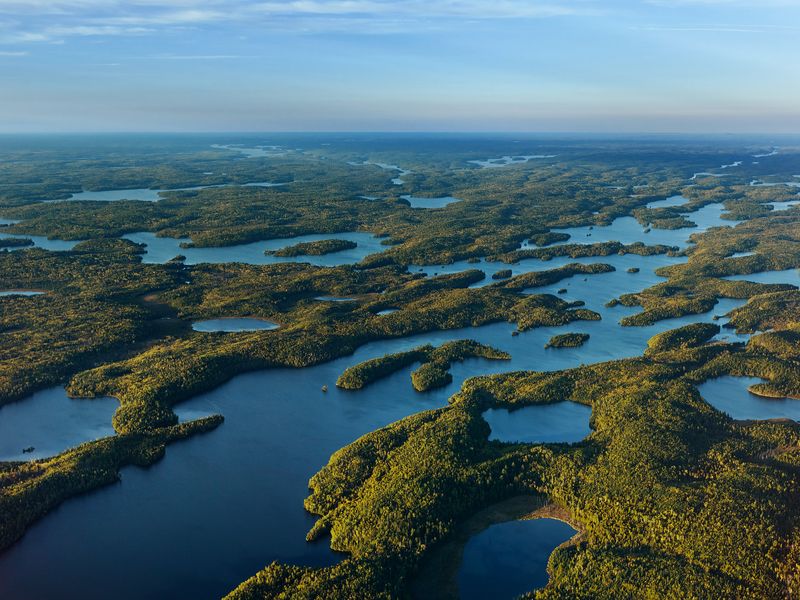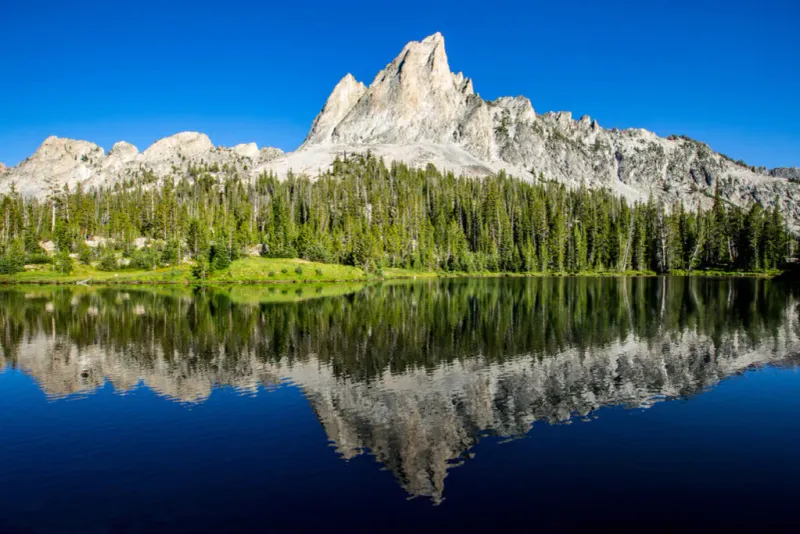Ever wondered where you’d be safest if the unthinkable happened? Nuclear disasters, whether from war or accidents, create dangerous radiation that can spread for hundreds of miles.
But some places in America offer better protection than others due to their location, geography, and resources. These states combine distance from likely targets, natural barriers, and survival essentials that could make all the difference.
1. Maine’s Wilderness Advantage
Tucked away in America’s northeastern corner, Maine offers remarkable safety from nuclear threats. The state’s position far from major military installations means it likely wouldn’t be directly targeted in a conflict.
Dense forests throughout the state would help filter radioactive particles, while thousands of lakes and streams provide clean water sources essential for long-term survival. The sparse population (Maine ranks 38th in population density) means fewer resource competitions during crisis situations.
The harsh winters actually become an advantage, as frozen ground reduces radiation absorption into soil and water tables. Maine’s self-sufficient culture and abundance of wildlife further enhance survival prospects for those seeking refuge from nuclear fallout.
2. Vermont’s Mountain Protection
The Green Mountain State offers natural shields against nuclear devastation. Vermont’s mountainous terrain creates physical barriers that can block or reduce fallout particles carried by wind currents, while valleys between ranges can serve as protective pockets.
With the second-smallest population in the nation, Vermont presents minimal strategic value to potential attackers. The state’s agricultural foundation provides sustainability during extended isolation periods, with numerous small farms capable of producing food without industrial supply chains.
Vermont’s abundance of freshwater sources ensures drinking water availability even if some become contaminated. The state’s cold climate would also slow the breakdown of radioactive materials, reducing immediate exposure risks to survivors.
3. New Hampshire’s Strategic Obscurity
The Granite State combines geographical advantages with practical survival benefits. Lacking major military installations or population centers, New Hampshire simply doesn’t register as a priority target in nuclear conflict scenarios.
The White Mountains dominate the northern landscape, creating natural radiation shields and offering numerous caves and rock formations that could serve as makeshift fallout shelters. New Hampshire’s extensive forest coverage provides both building materials and natural filtration of radioactive particles.
The state’s strong hunting tradition and abundant wildlife would sustain survivors long after food stores deplete. With over 1,000 lakes and 40,000 miles of rivers and streams, access to water—the most critical survival resource—would rarely be a concern.
4. Oregon’s Eastern Shield
While Portland might be vulnerable, eastern Oregon stands as a nuclear survival haven. The massive Cascade Mountain range forms a natural barrier that would intercept much of the fallout from western targets before it could reach the eastern portion of the state.
Prevailing wind patterns in North America typically move west to east, meaning that Oregon’s eastern regions would benefit from being upwind of most potential fallout sources. The high desert plateau’s sparse population (some counties average fewer than 2 people per square mile) minimizes competition for resources.
Natural springs and aquifers throughout the region provide water sources that would be protected from immediate contamination. The area’s geothermal features could even supply sustainable energy for long-term survival communities.
5. Northern California’s Radiation Refuge
Beyond the Bay Area’s urban sprawl lies a different California—one remarkably well-positioned for nuclear survival. The Klamath Mountains and surrounding wilderness north of Redding create a geographical buffer zone far from strategic targets.
This region enjoys some of America’s cleanest air, which would remain relatively uncontaminated compared to areas directly downwind from blast zones. Abundant rainfall and snowmelt feed countless streams and rivers, ensuring water access even if some sources become contaminated.
Northern California’s remarkable biodiversity supports foraging and hunting opportunities crucial for long-term survival. The moderate climate allows for year-round food production, while coastal areas provide seafood resources that would recover faster than land-based food sources.
6. Western Texas’s Desert Sanctuary
The vast emptiness of Western Texas transforms from harsh landscape to life-saving buffer in nuclear scenarios. Cities like El Paso sit hundreds of miles from major military installations, creating distance that radiation simply can’t easily traverse.
Meteorological patterns favor this region, as prevailing winds would carry most fallout eastward, away from the western portions of the state. The region’s elevation changes and mountain ranges create natural pockets that would experience significantly reduced radiation levels.
Underground water sources, protected from immediate contamination by layers of rock and soil, would remain viable long after surface water became dangerous. The desert’s naturally low humidity would reduce fallout particle adherence to surfaces, making decontamination efforts more effective for survivors.
7. Minnesota’s Northern Wilderness
The North Star State’s upper reaches offer surprising nuclear survival advantages. Northern Minnesota’s Boundary Waters region combines extreme isolation with abundant natural resources—a perfect formula for riding out nuclear aftermath.
The area’s thousands of interconnected lakes and streams provide both transportation routes and water sources that would be partially shielded from fallout by dense forest canopies. The Canadian border creates additional buffer distance from likely U.S. targets, while the region’s remoteness makes it strategically insignificant.
Minnesota’s cold climate would actually help in a nuclear scenario by slowing the movement of radioactive particles through frozen ground. The state’s strong hunting and fishing traditions have created a population skilled in self-sufficiency—knowledge that would prove invaluable during extended isolation.
8. Arkansas’s Hidden Valleys
Nestled within the Ozark and Ouachita Mountains, central and northern Arkansas offers natural radiation shelters. The state’s rolling topography creates countless valleys and hollows that would be shielded from direct fallout paths by surrounding ridges.
Arkansas boasts over 600,000 acres of lakes and 9,700 miles of streams, ensuring water availability even if some sources become contaminated. The region’s limestone geology naturally filters groundwater, potentially removing some radioactive particles from drinking sources.
The state’s agricultural heritage means rural areas maintain practical food production knowledge that doesn’t rely on industrial systems. Arkansas’s mild climate allows for multiple growing seasons, while its extensive cave systems could serve as ready-made fallout shelters with naturally controlled temperatures and protection from radiation.
9. Idaho’s Mountain Fortress
The Gem State offers geological advantages that would prove priceless during nuclear catastrophe. Idaho’s massive mountain ranges—including the Bitterroots, Sawtooths, and Salmon River Mountains—create natural barriers against fallout spread while providing countless sheltered valleys.
With the seventh-lowest population density nationally, Idaho combines isolation with self-sufficiency. The state’s volcanic soil supports remarkable agricultural productivity, while its numerous hot springs could provide both clean water sources and heating during infrastructure collapse.
Idaho’s position upwind from many potential targets reduces fallout exposure risk. The state’s extensive wilderness areas harbor abundant wildlife for food sources, while its mining heritage means many residents understand underground living principles that could prove essential for radiation avoidance.
10. South Dakota’s Prairie Shield
Eastern South Dakota’s rolling prairies hide surprising nuclear survival benefits. While Ellsworth Air Force Base in the western part of the state might draw attention, the eastern region sits far from strategic targets and major population centers.
The Missouri River valley creates natural depressions and waterways that would channel fallout away from certain areas. South Dakota’s agricultural foundation means food production knowledge is widespread, with the state producing far more food than its small population consumes.
The region’s natural limestone caves and abandoned mines could serve as ready-made fallout shelters. South Dakota’s famous underground aquifers, including portions of the massive Ogallala Aquifer, would remain protected from immediate contamination, providing clean water sources long after surface water became dangerous.
